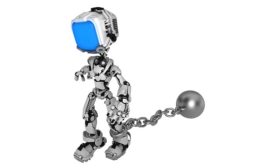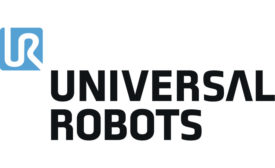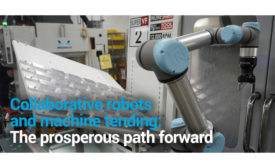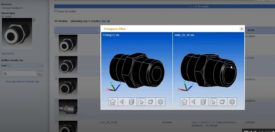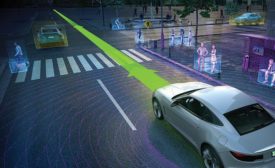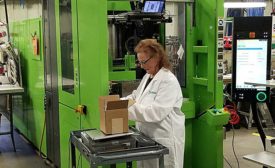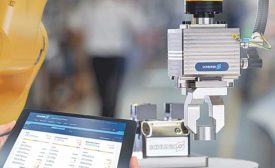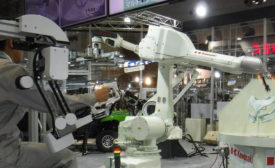Home » machine learning
Articles Tagged with ''machine learning''
advertisement
Collaborative Robots and Machine Tending: The prosperous path forward
December 3, 2021
advertisement
Collaborative Robots and Machine Tending: The Prosperous Path Forward
November 12, 2021
Driven by data
The twin technologies of big data and machine technology will have to work together in order to propel autonomous vehicle development forward, and industry players from automakers to chipmakers are gearing up for a long and winding road.
September 10, 2020
Five Ways Augmented Intelligence Is Saving Manufacturers
ERP and MES software give assemblers up-to-the-moment insights into their supply chains, production capacity and product quality
May 15, 2020
AI and Machine Learning in Manufacturing
Artificial intelligence and machine learning promise to improve maintenance, quality and supply chain management
May 3, 2019
Never miss the latest news and trends driving the manufacturing industry
Stay in the know on the latest assembly trends.
JOIN TODAY!Copyright ©2024. All Rights Reserved BNP Media.
Design, CMS, Hosting & Web Development :: ePublishing
